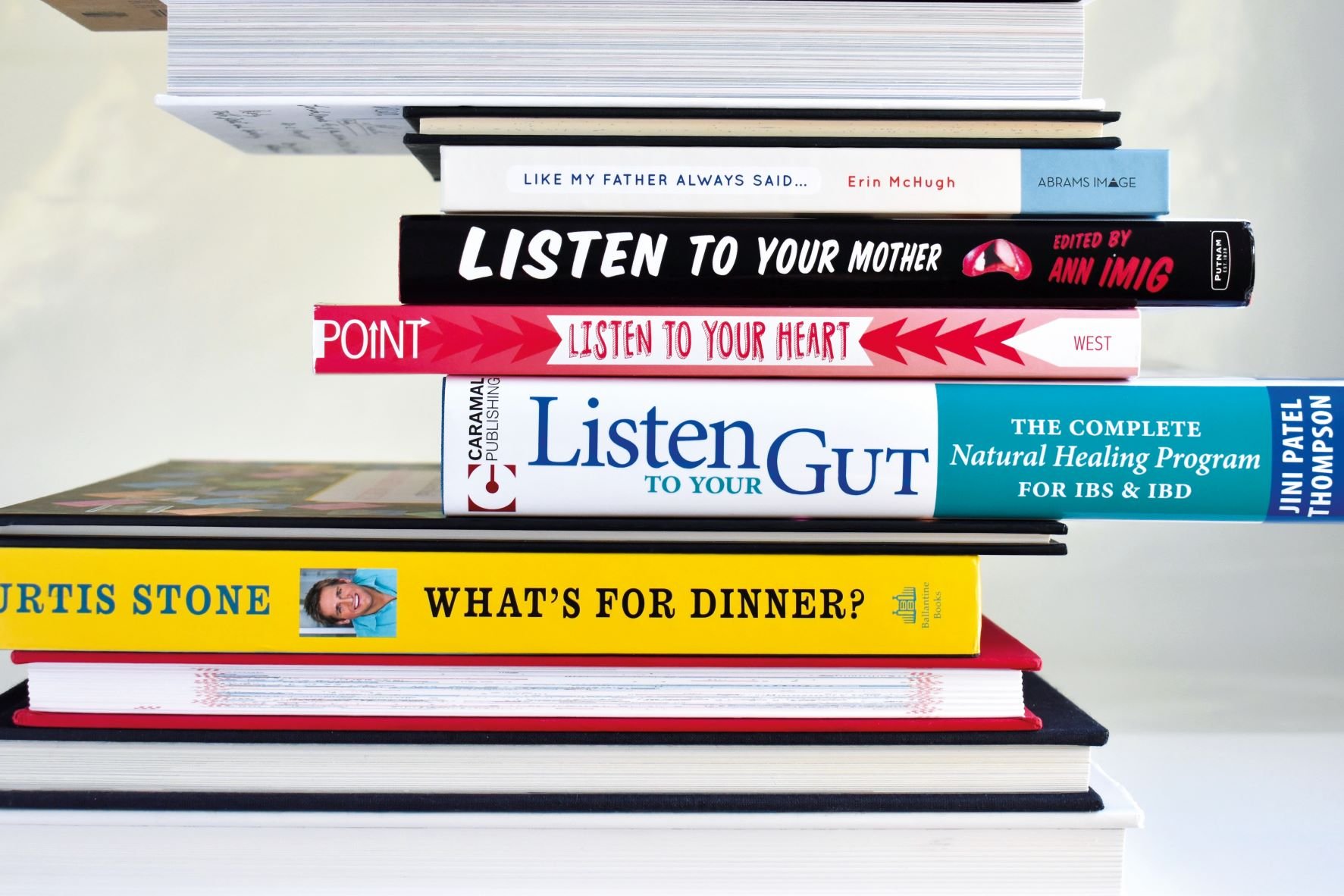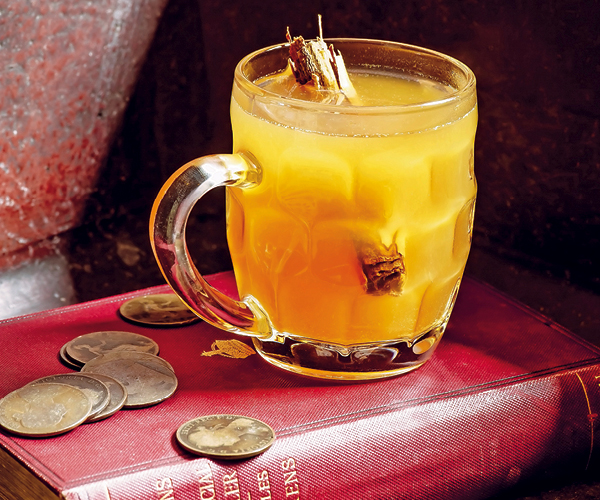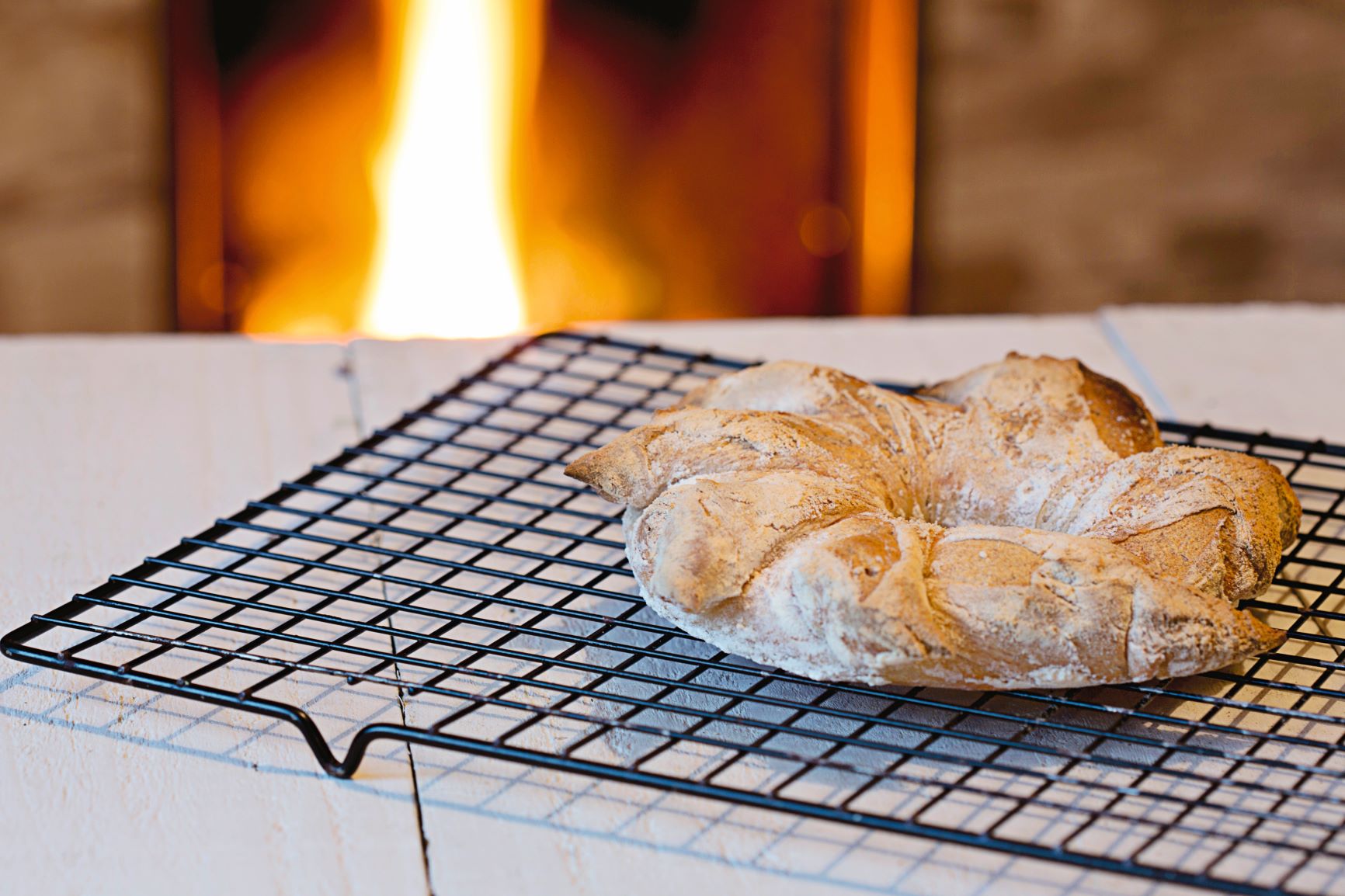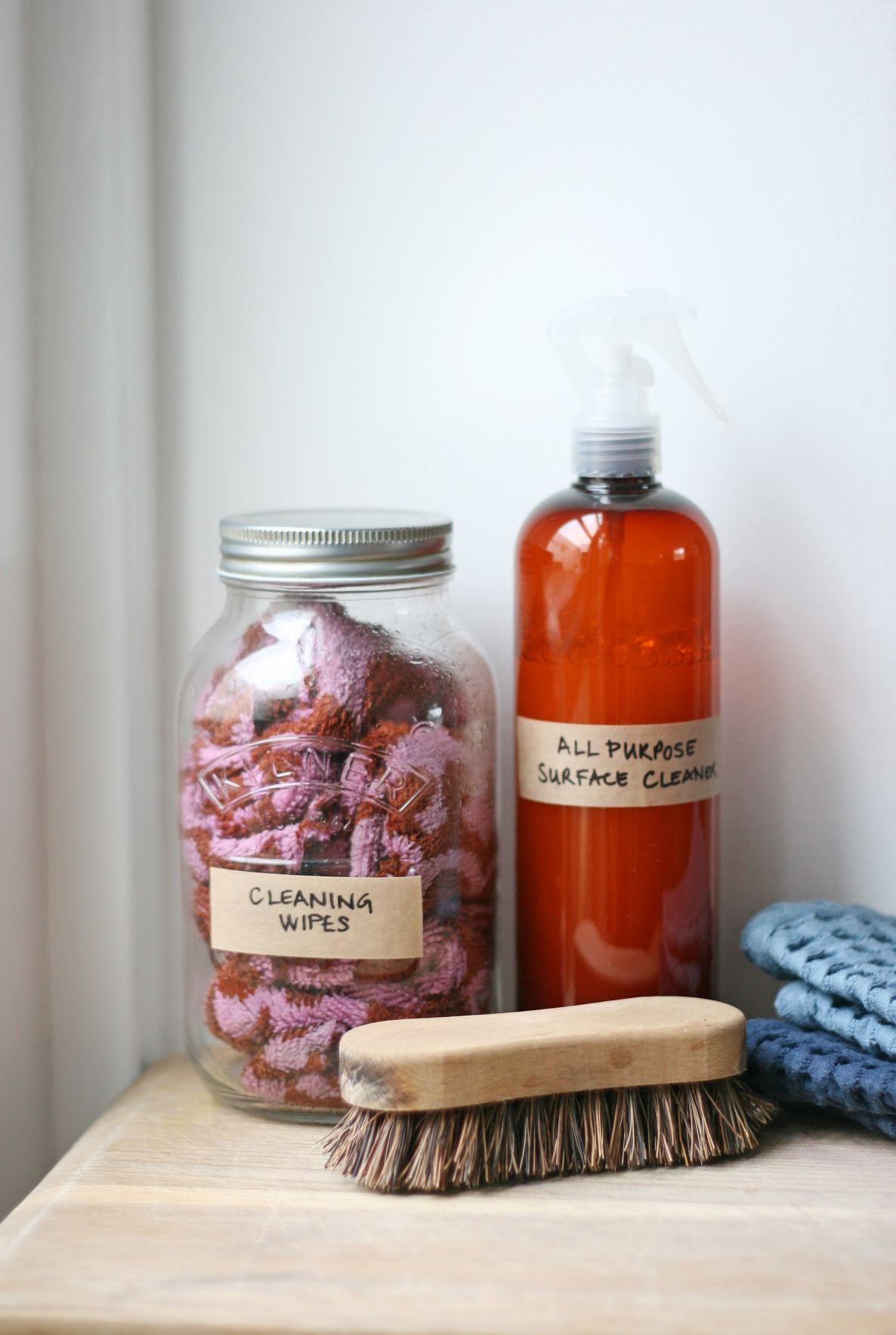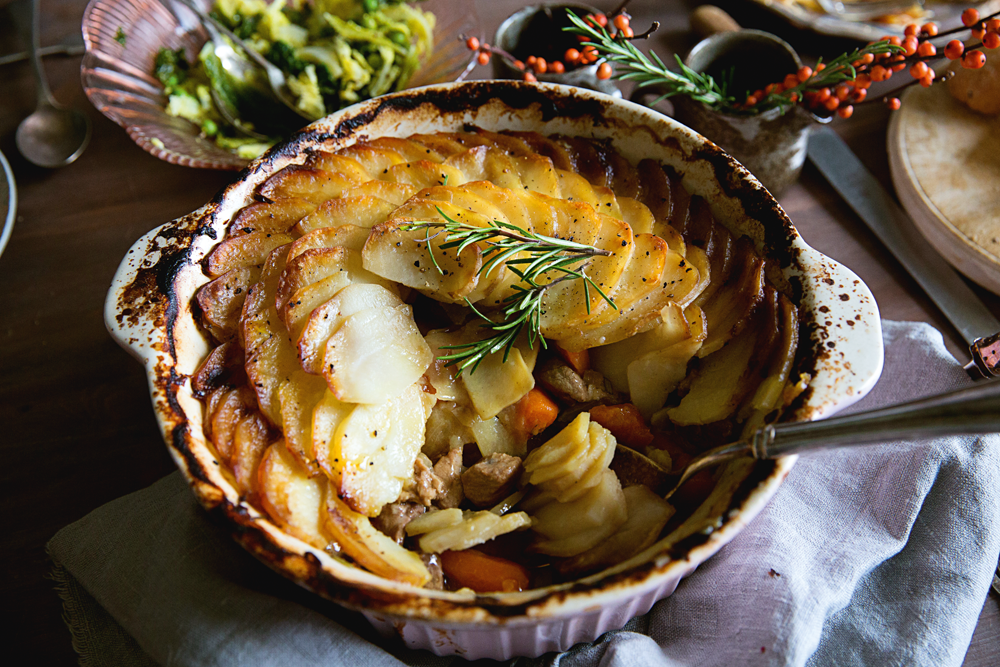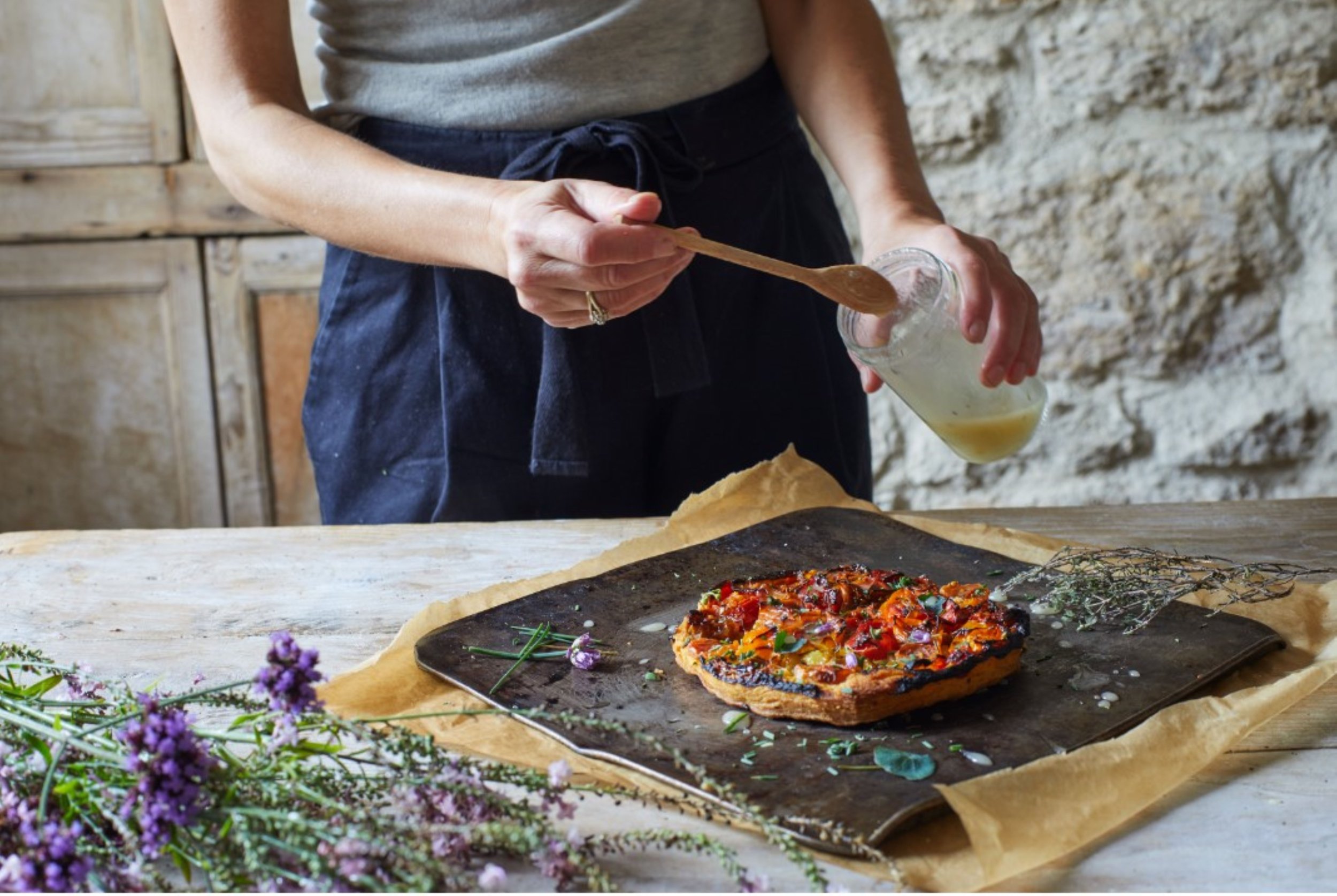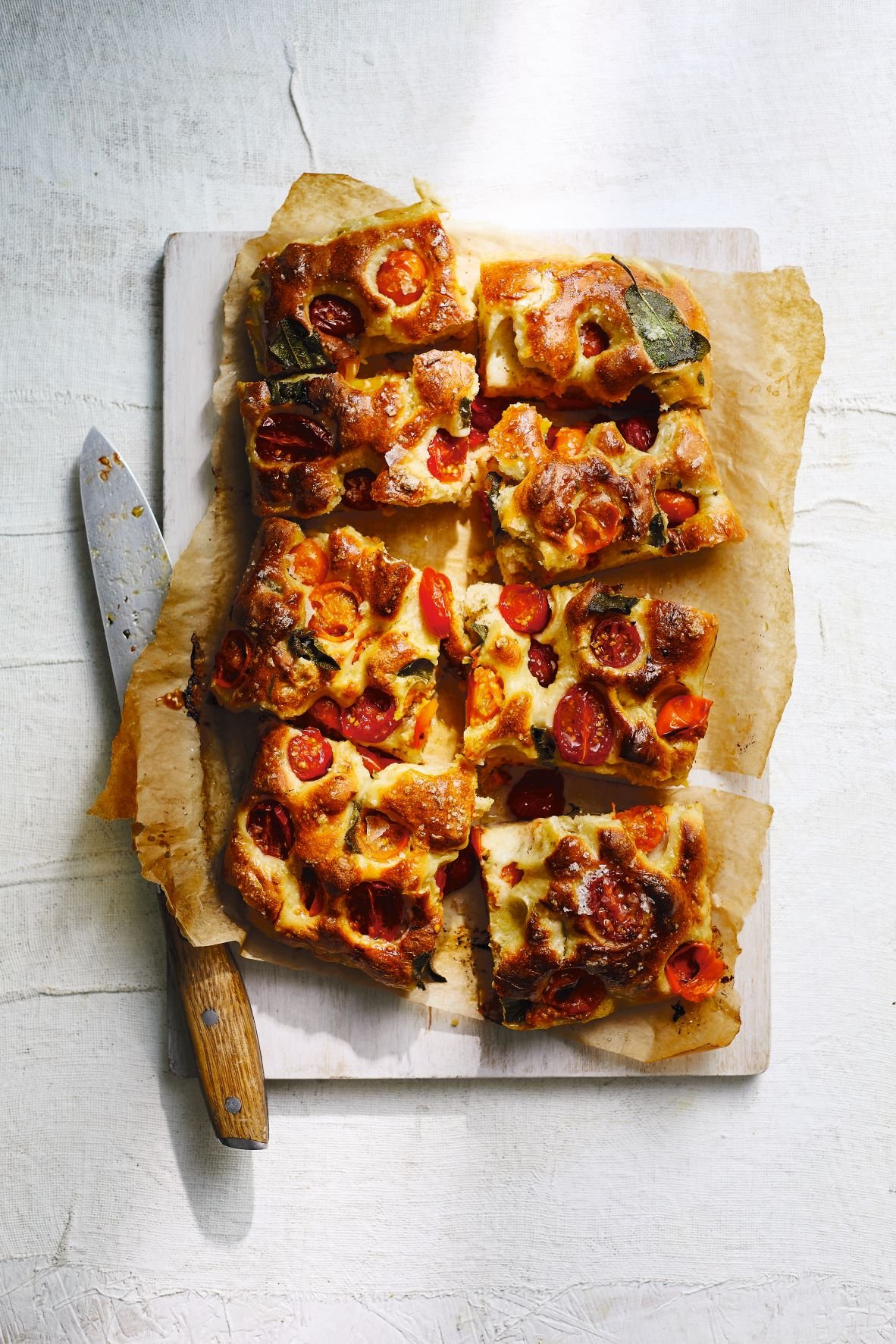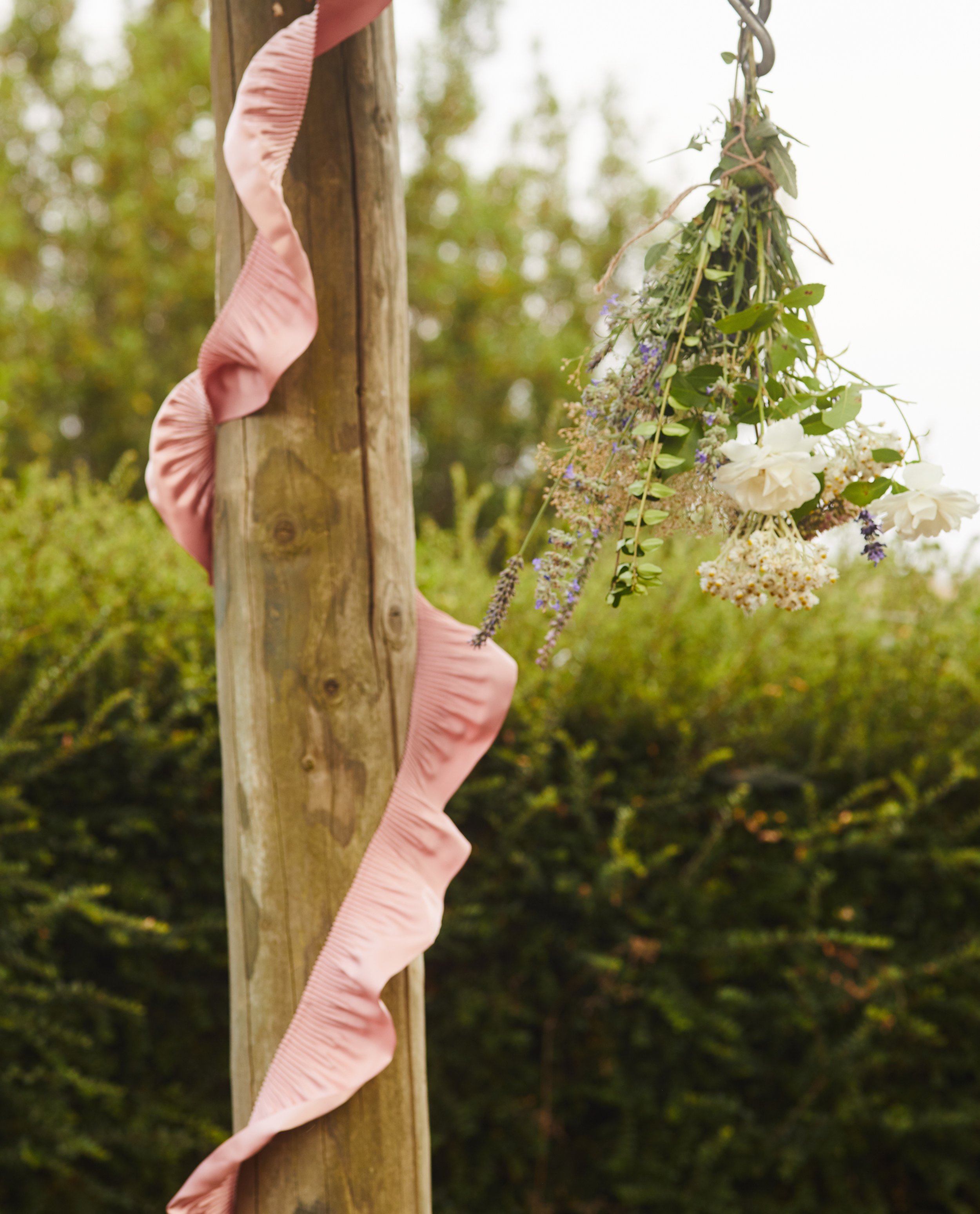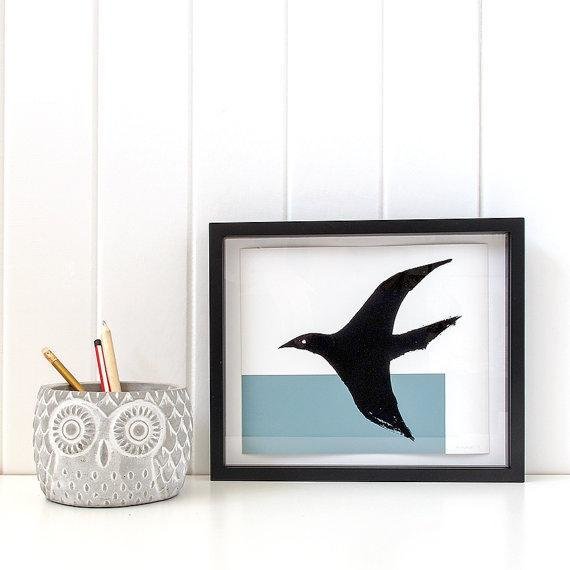Independent bookshops are always a joy but here we’ve rounded up some real specialists in their field. Whether your love is crime or cookery, there’s a bookshop somewhere dedicated to the genre…
Crime fiction
Murder & Mayhem, 5, Lion Street, Hay-on-Wye, Hereford
This bijou store in Britain’s bookshop capital specialises in the Golden Age of crime fiction as well as ghost stories, Sherlock Holmes and ‘cosy crime’. Don’t miss the chalk outline of a corpse on a floor or the amazingly detailed miniature reproduction of the shop itself in the window.
Children’s books
Octavia’s, 24, Black Jack Street, Cirencester, Gloucestershire
Whether you’re shopping with children or simply ‘for’ children, a trip to Octavia’s is always a treat. Colourful interiors and comfy seats make it an oasis on this bustling high street, and staff are excellent at giving targeted recommendations.
Travel Fiction
Daunt Books, Marylebone High Street, London
Inside this magical Edwardian building sit rows of books on polished oak galleried shelves. Its outstanding collection of travel books is arranged by country, which makes for a really pleasant afternoon’s browsing and the choice is unbeatable. Daunt now has several stores and even its own publishing arm but the MHS store is the first and the best.
Gay and LGBT interest
Gay’s The Word, 66, Marchmont Street, London
Established in 1979, Gay’s the Word has always been much more than ‘just’ a gay bookshop; it’s a community and social hub where everyone is welcome with a thriving events programme as well as a beautifully curated selection of books.
Natural History
Pemberley Books, 18, Bathurst Walk, Iver, Buckinghamshire
Books on every topic of natural history from agriculture to zoology, passing through everything from entomology to lepidoptera. Good antiquarian stock, also.
Geography
Stanfords Books, London and Bristol
Stocking huge arrays of maps, atlases and globes since 1853. If you can find your way to one of the two branches of Stanfords you’ll be able to find your way to anywhere in the world.
Poetry
The Poetry Bookshop, The Pavement, Lion Street, Hay-on-Wye
If poetry is what you’re after,
This airy shop is packed to the rafters
With shelves and shelves of poetry
‘Pon which they’re quite an authority.
Cookery
Books for Cooks, 4, Blenheim Crescent, London
Cookery and food books from all over the world jostle for space in this amazing book store in Notting Hill, given over entirely to the art of cookery. Feel like you can almost smell the delicious dishes wafting off the page? That’ll be the test kitchen at the back where they try out the recipes they want to champion most.
Science Fiction
Durdles Books, 51, Cole Bank Road, Birmingham
Specialising in Sci Fi and Fantasy - for both adults and children and incorporating both fiction and non-fiction, Durdles is a geek’s Aladdin’s cave of treasures.
This bookshops round-up was inspired by our new series called My Living. The first feature in the series looks at people who run their own bookshops and it’s in the April issue, which is out now.
Buy this month's The Simple Things - buy, download or subscribe


